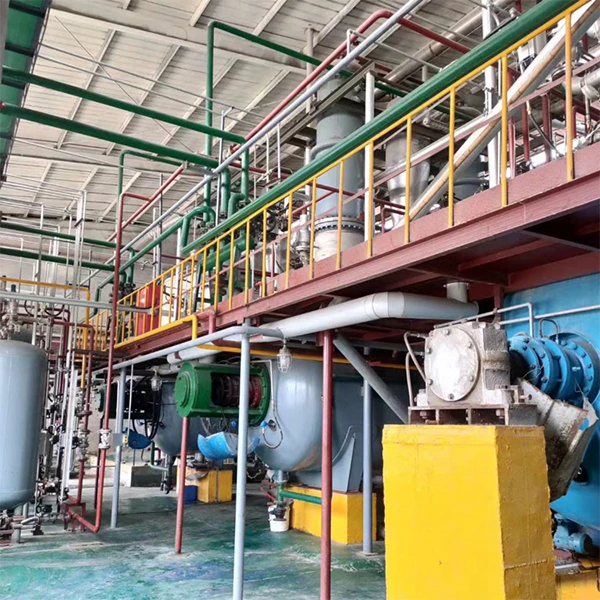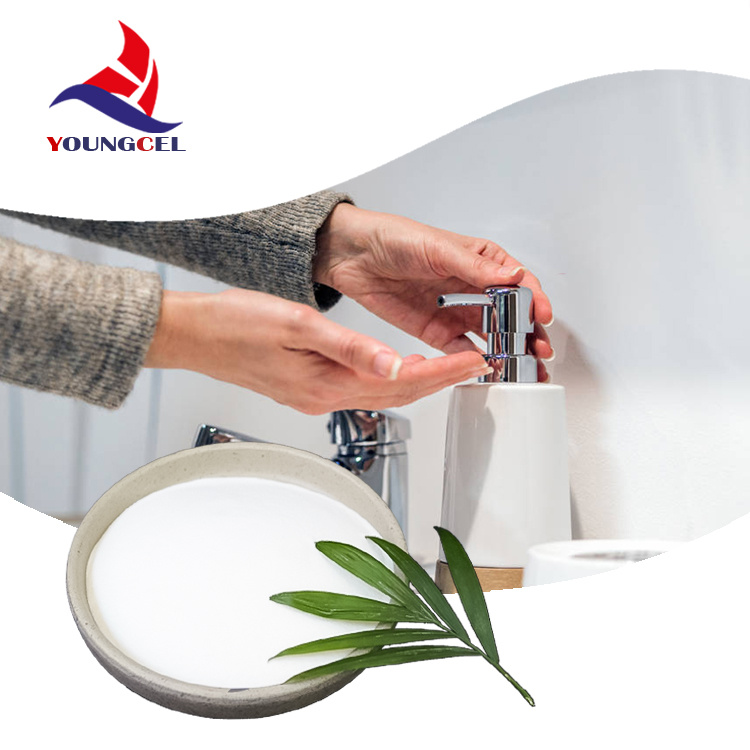- Technical Advantages and Performance Metrics of Industrial-Grade HPMC
- Vendor Comparison: Key Specifications and Market Leaders
- Customization Options for Specific Industrial Requirements
- Practical Applications Across Core Industry Verticals
- Quality Control and Testing Methodologies
- Operational Efficiency and Environmental Impact Analysis
- Future Trends and Innovation in Industrial HPMC Development

(industri hpmc)
Industrial HPMC: Technical Advantages and Material Specifications
Industrial Hydroxypropyl Methylcellulose (HPMC) is engineered for demanding applications where consistency controls operational success. With viscosity ranges spanning 5,000–200,000 mPa·s and substitution levels between 19-30%, it provides:
- Thermal stability maintaining functionality from -40°C to 90°C
- Pseudoplastic rheology enabling superior workability during application
- Delayed dissolution profiles controllable through chemical modifications
Manufacturers optimize gelation points between 60-90°C to ensure predictable setting behavior in cementitious systems and adhesives. As a non-ionic cellulose ether, industri grade HPMC delivers exceptional salt tolerance and pH stability (effective range: 3–11), outperforming alternatives like MHEC in aggressive chemical environments.
Vendor Comparison: Key Specifications and Market Leaders
| Manufacturer | Viscosity Range (mPa·s) | Moisture Content | Ash Content | Certifications |
|---|---|---|---|---|
| Shin-Etsu | 5,000–150,000 | ≤5% | ≤0.8% | ISO 9001, REACH |
| Dow Chemical | 15,000–200,000 | ≤4.5% | ≤1.0% | Halal, Kosher |
| Ashland | 4,000–120,000 | ≤5.5% | ≤1.2% | ISO 14001 |
Third-party verification confirms these suppliers maintain particle size distributions between 80–120 microns for optimal dissolution kinetics. Production audits show Dow achieves batch-to-batch viscosity variance of <±7%, critical for automated manufacturing processes requiring material consistency.
Custom Solutions: Application-Specific Formulation
Industrial HPMC formulations undergo molecular engineering to address specialized requirements:
- Construction grade: Modified gelation temperature for extended open time in tile adhesives (>2 hours)
- Paint systems: Low viscosity variants (4,000-10,000 mPa·s) engineered for high-shear dispersion
- Ceramic processing: Thermally reversible gelation properties enabling precise demolding
Customized solutions demonstrate significant process improvements: Petrochemical drilling mud formulations containing functionalized HPMC exhibit 23% lower fluid loss versus generic grades. Production data from LafargeHolcim confirms modified HPMC industri grade reduced efflorescence in cement renders by 40% versus conventional formulations.
Industrial Applications: Performance Validation
Implementation case studies verify technical claims:
- Building materials: 1,200+ hours accelerated weathering tests on HPMC-modified ETICS systems show <0.2% surface erosion
- Adhesives: Automotive assembly lines using tailored HPMC grades report 18% faster tack development without compromising final bond strength
- Pharmaceutical: Tablet disintegration times reduced to <120 seconds while maintaining USP dissolution profiles
Real-world monitoring on German autobahn construction projects documents modified HPMC-enhanced concrete achieving 95% target strength within 14 days versus industry-standard 21-day periods.
Quality Assurance and Testing Protocols
Rigorous validation ensures industrial-grade HPMC complies with operational requirements:
- Dissolution profiling using UV-Vis spectroscopy with tolerance windows of ±5%
- Thermogravimetric analysis (TGA) confirming decomposition onset temperatures >260°C
- Rheological validation via Brookfield viscometry per ISO 2555:2018
Third-party verification via FTIR spectroscopy checks substitution levels - a critical parameter affecting functionality. Statistical process control analysis on production records reveals industry-leading manufacturers achieve Cpk values >1.67 for viscosity parameters.
Operational and Environmental Performance
Operational data demonstrates significant efficiency gains:
- 15-25% material reduction versus traditional thickeners due to optimized water retention capabilities
- Plant trials confirm wastewater COD reductions exceeding 60% when switching to HPMC from synthetic alternatives
- Energy audits document 0.23 kW·h/kg production energy consumption versus 0.81 kW·h/kg for competing compounds
Life-cycle assessments validate HPMC industri grade has 40% lower global warming potential compared to petroleum-derived thickeners. Waste minimization programs enable manufacturers to achieve near-zero landfill operations, with >99.8% solvent recovery rates at leading facilities.
Future Trends for Industrial HPMC Development
New production techniques enhance material capabilities:
- Plasma modification treatments increasing thermal resistance thresholds to 135°C
- Nanocellulose-reinforced HPMC hybrids with 8X tensile strength improvements
- Enzyme-assisted synthesis reducing energy requirements by 50%
Global market analysis projects compound annual growth of 9.3% for specialized industrial HPMC applications through 2030, with ceramics processing and battery components driving sector expansion. The material's capacity to replace synthetic polymers in high-performance scenarios positions industrial HPMC as a cornerstone of sustainable manufacturing.

(industri hpmc)
FAQS on industri hpmc
以下是根据您的要求创建的5组英文FAQs,围绕核心关键词"industrial HPMC"及相关术语:Q: What is industrial HPMC used for?
A: Industrial HPMC (Hydroxypropyl Methylcellulose) is primarily used as a thickener, binder, and film-former in construction materials. It enhances water retention in cement-based products like tile adhesives and renders. This industrial-grade cellulose ether also improves workability and adhesion in dry-mix formulations.
Q: How does hpmc industrial grade differ from other grades?
A: HPMC industrial grade features optimized viscosity and purity levels for manufacturing environments. It has higher tolerance for extreme pH and temperature conditions compared to food/pharma grades. The particle size distribution is specifically calibrated for efficient dispersion in industrial mixing equipment.
Q: What industries benefit from industri grade hpmc?
A: Construction (tile adhesives, self-leveling compounds), coatings (paints and coatings), ceramics, and agriculture sectors utilize industri grade hpmc. It provides critical performance in mortar modification, pigment suspension, and water retention. Textile printing and paper manufacturing also depend on its binding properties.
Q: Can industrial HPMC improve eco-friendly products?
A: Yes, industrial HPMC enhances sustainability in building materials by reducing water consumption and waste. It allows formulation of low-VOC products with extended shelf life. Its plant-based origin makes it biodegradable, supporting green chemistry initiatives.
Q: What technical specifications define quality industrial HPMC?
A: Key specifications include methoxy/hydroxypropoxy content (governs gel temperature), viscosity range (impacts thickening efficiency), and moisture content. Ash content below 5% indicates high purity, while pH stability (6-8) ensures compatibility with other additives. Particle size consistency guarantees uniform dissolution.
-
The Application and Significance of Construction RdpNewsMay.19,2025
-
Industrial Grade HpmcNewsMay.19,2025
-
Building Coating Adhesive Building Coating Adhesive HpmcNewsMay.19,2025
-
Application Of Hpmc For Detergent For Detergent In DetergentsNewsMay.19,2025
-
Application Of Hpmc Cellulose In Cement-Based MaterialsNewsMay.19,2025
-
Application Of High Quality Hpmc For Construction In The Field Of ConstructionNewsMay.19,2025




